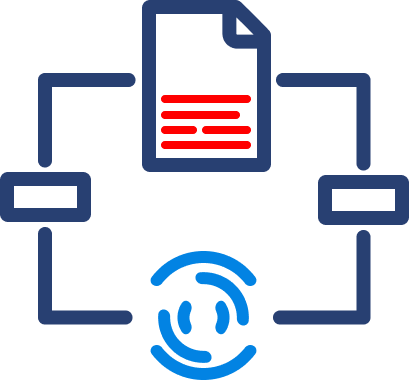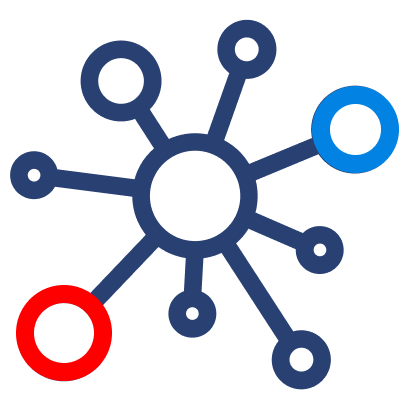Looker
Get Started
What is Looker?
Looker is a cloud-based business intelligence (BI) and data analytics platform that enables organizations to explore, analyze, and visualize data in real time. It connects directly to various databases, allowing for live data interactions without the need for data extraction.
Key Components of Looker
1. Data Modeling with LookML
Looker utilizes LookML (Looker Modeling Language), a proprietary language designed to define business logic and data relationships within the platform. This modeling layer abstracts the underlying SQL queries, promoting consistency and reusability across analyses.
Benefits:
- Centralized Logic: Ensures uniformity in data definitions and calculations across the organization.
- Efficiency: Reduces redundancy by reusing code and logic, streamlining the analytical process.
2. Direct Connection to Data Sources
Looker connects directly to relational databases and data warehouses, performing real-time queries without the need to move or extract data. This approach maintains data freshness and leverages the power of existing database infrastructure.
Supported Databases:
- Google BigQuery
- Amazon Redshift
- Snowflake
- MySQL
- PostgreSQL
3. Data Exploration and Visualization
Looker offers an intuitive interface for users to explore data, apply filters, and create visualizations without deep technical expertise. Interactive dashboards and reports can be customized to meet specific business needs.
Features:
- Customizable Dashboards: Combine multiple visualizations to provide a comprehensive view of key metrics.
- Drill-Down Capabilities: Dive deeper into data points to uncover underlying details.
- Real-Time Updates: Reflect the most current data, ensuring timely insights.
4. Embedded Analytics and API Access
Looker enables organizations to embed analytics into external applications, portals, or websites, providing seamless access to data insights within existing workflows. Additionally, Looker's robust API allows for integration with other tools and the development of custom applications.
Use Cases:
- Customer Portals: Provide clients with tailored analytics within a branded environment.
- Internal Tools: Enhance internal applications with integrated data insights.
- Product Enhancements: Add value to software products by incorporating advanced analytics features.
5. Collaboration and Data Delivery
Looker facilitates collaboration by allowing users to share insights, reports, and dashboards across teams. Scheduled data deliveries and alerts ensure stakeholders remain informed about critical metrics.
Features:
- Scheduled Reporting: Automate the distribution of reports via email or other channels.
- Data Alerts: Set thresholds to trigger notifications, keeping teams proactive.
- Integrated Sharing: Collaborate directly within the platform, reducing reliance on external communication tools.
6. Governance and Security
Looker emphasizes data governance and security, offering features such as role-based access control, versioned modeling, and audit logs to ensure data integrity and compliance.
Security Measures:
- Role-Based Access Control (RBAC): Define user permissions to restrict data access appropriately.
- Version Control: Maintain a history of changes to data models, facilitating audits and rollbacks.
- Data Encryption: Protect data both in transit and at rest, adhering to industry standards.
Micosoft Azure
Google Cloud Platform
Looker
Our Services
Outsourced Accounting
Financial Planning & Analysis
Fractional & Technical Accounting

Data Automation
Data Analytics



